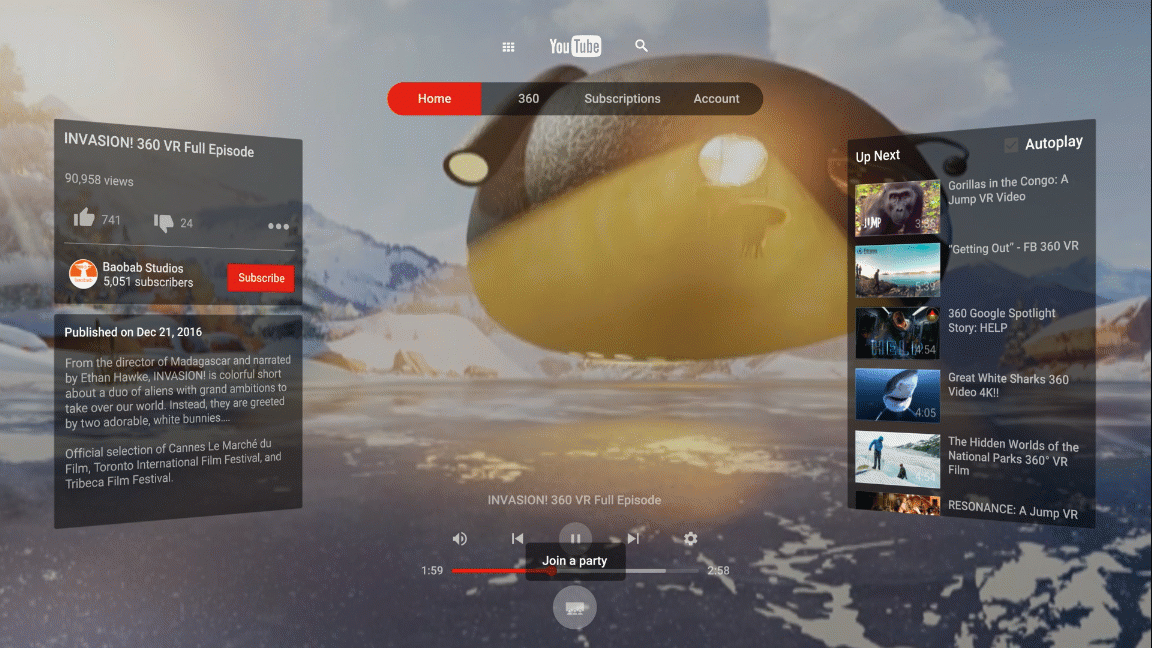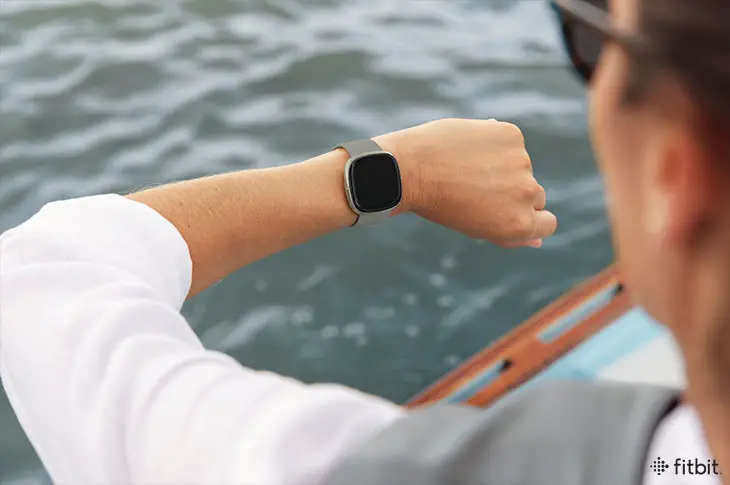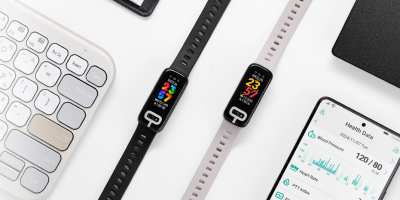Google today announced Daydream 2.0, codenamed Euphrates. It’s a pretty big upgrade to the Daydream platform that serves a few important and exciting purposes. Let’s take a look at all that’s coming!
Not Just For Phones Anymore
For one, this update gets Daydream ready for a world where you don’t need your phone. If you haven’t been paying attention, that’s because Google yesterday announced that standalone Daydream VR headsets from HTC and Lenovo will be arriving later this year.
To that end, the company is building in native support for things like notifications, settings, and even a Chrome web browser made specifically for VR. These improvements will be welcome for those who use the phone-based Daydream experience, too, so don’t worry if that’s what you prefer.
Share The Thrill With The Whole Room
But the most exciting thing coming as part of Euphrates is Google Cast support. You can beam whatever you’re seeing in VR to your TV, so folks who want to be part of the experience can see what’s going on inside that headset of yours. For now,
For now, this will only work with Chromecast or Chromecast-enabled devices like TVs and set-top boxes. That means streaming your VR exploits live to a YouTube audience still isn’t possible, but it feels like we’re getting there.
Viewing Parties On YouTube
Google is building a new version of YouTube VR that’ll allow you to step into the virtual theater with your friends so you can all view videos together. You can create a virtual avatar of yourself to be used in the VR world, and you can invite your friends in to partake where you can all share your thoughts, laughs, and comments in real time. You can also seemingly join public viewing sessions, such as a collection of Gorilla fans coming together to watch their latest music video.
Positional Tracking Without the Sensors
WorldSense is also part of Euphrates 2.0. Announced as a separate AR innovation yesterday, WorldSense is a Tango-based AR technology which makes it possible for a device to read its position in space using software tricks. This make
This makes it possible to get rich VR and AR experiences where the surfaces and usable space in your room could be taken into account to bring more immersion, and without all the bulky motion tracking sensors and hardware you’d get with something like the HTC Vive and Oculus Rift. Expect to see the first of these benefits go live for the standalone VR headsets later this year.
Developer Improvements
Much of the other changes coming as part of Euphrates serve to make developer lives easier, too, with things like Instant Preview to quickly see changes you make to your code and how it directly translates to the VR headset in real time, a new graphics rendering technology named Seurat for improved graphical fidelity (it was used to create a scene in Star Wars: Rogue One), as well as expanded APIs for Web VR and Web AR through Chrome and Chromium.
Get Ready
Daydream 2.0 Euphrates should arrive right alongside those standalone HTC Vive and Lenovo headsets later this year, so if you’ve been looking for a great reason to get into VR, this is it. Let us know your favorite changes straight ahead.















Comments